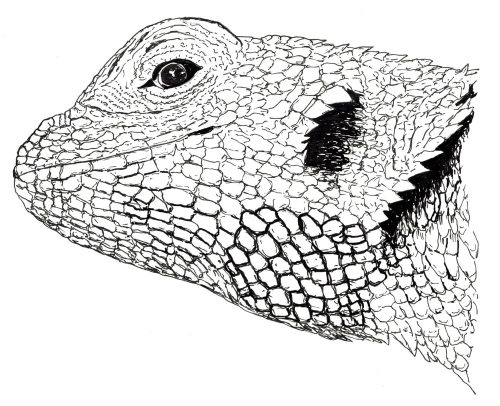
With the vernal equinox just passed, lengthening days coupled with warmer temperatures means the rapid appearance of first blooms on the wildflowers of the Willamette Valley. When the blooming time is delayed by extreme cold weather, like this spring, the subsequent appearance is all the more dramatic. One week of warm weather will likely bring all species back on line with close to normal flowering time. April and May produce the peak of floral diversity in our region.
Herons are having a hard time in the rookery beside the ponds on the east side of Delta Highway, the Eastside Delta Ponds. One of the two nests that survived the December ice storm was lost in March. A solitary heron stayed on the remaining nest for a little more than two weeks but now that nest appears to have been abandoned. It looks like no baby heron will be fledged from the last nest this year.
Moss spore capsules are beginning to mature, as their growing season is approaching its final months. The licorice fern spores are reaching their dispersal state, too. Our only fern that grows on tree branches with the mosses has the moss growing cycle. In two months, they will curl up and fall to the ground.
Meanwhile, the terrestrial ferns are stirring, starting to uncurl new fronds. The sword fern is unusual in that its fronds do not uncurl from a spiral fiddlehead like most ferns but instead have a drooping hook that looks like an elephant’s trunk.
David Wagner is a botanist who works in Eugene. He teaches moss classes, leads nature walks and makes nature calendars. He can be contacted through his web site: fernzenmosses.com.